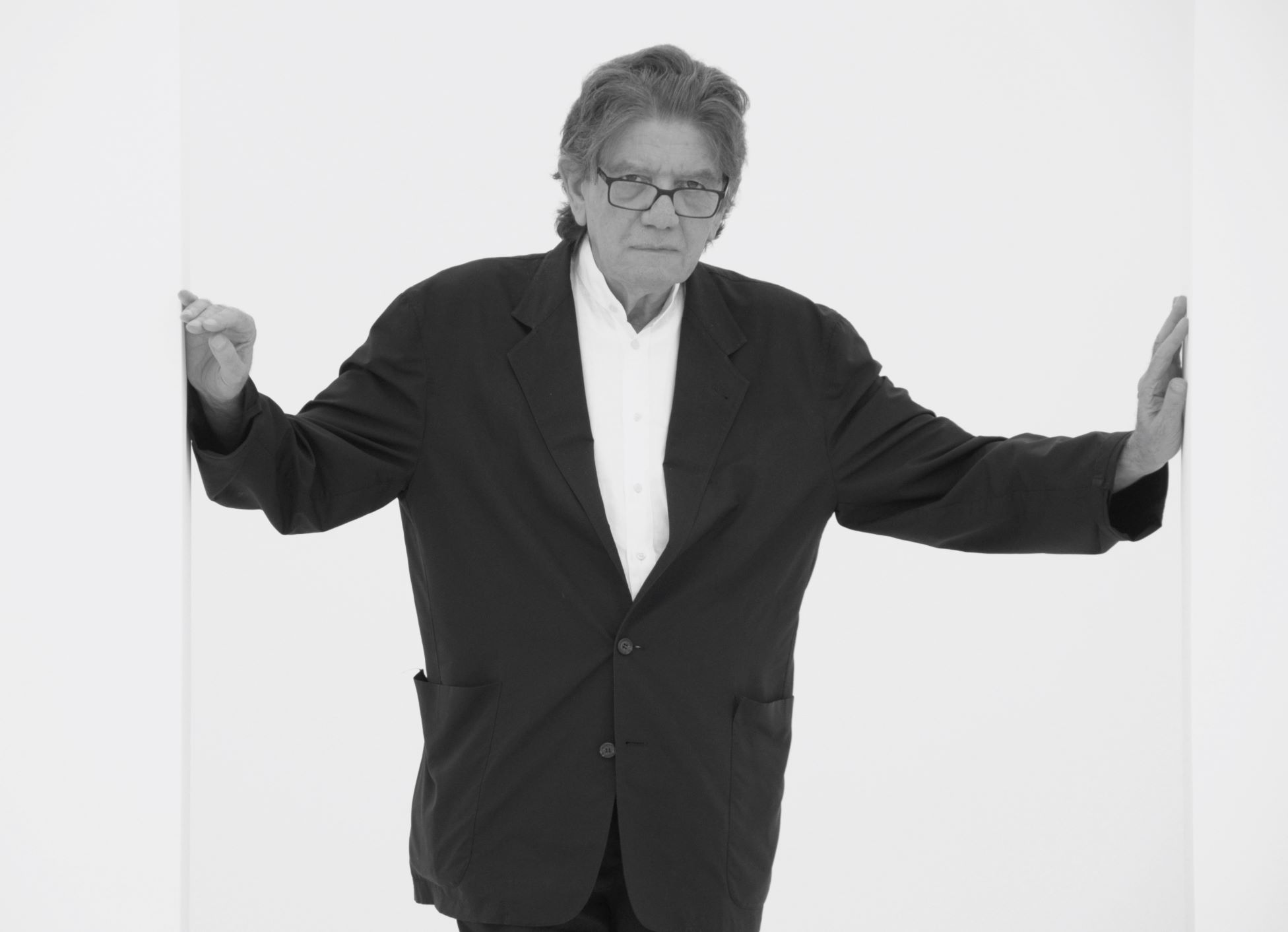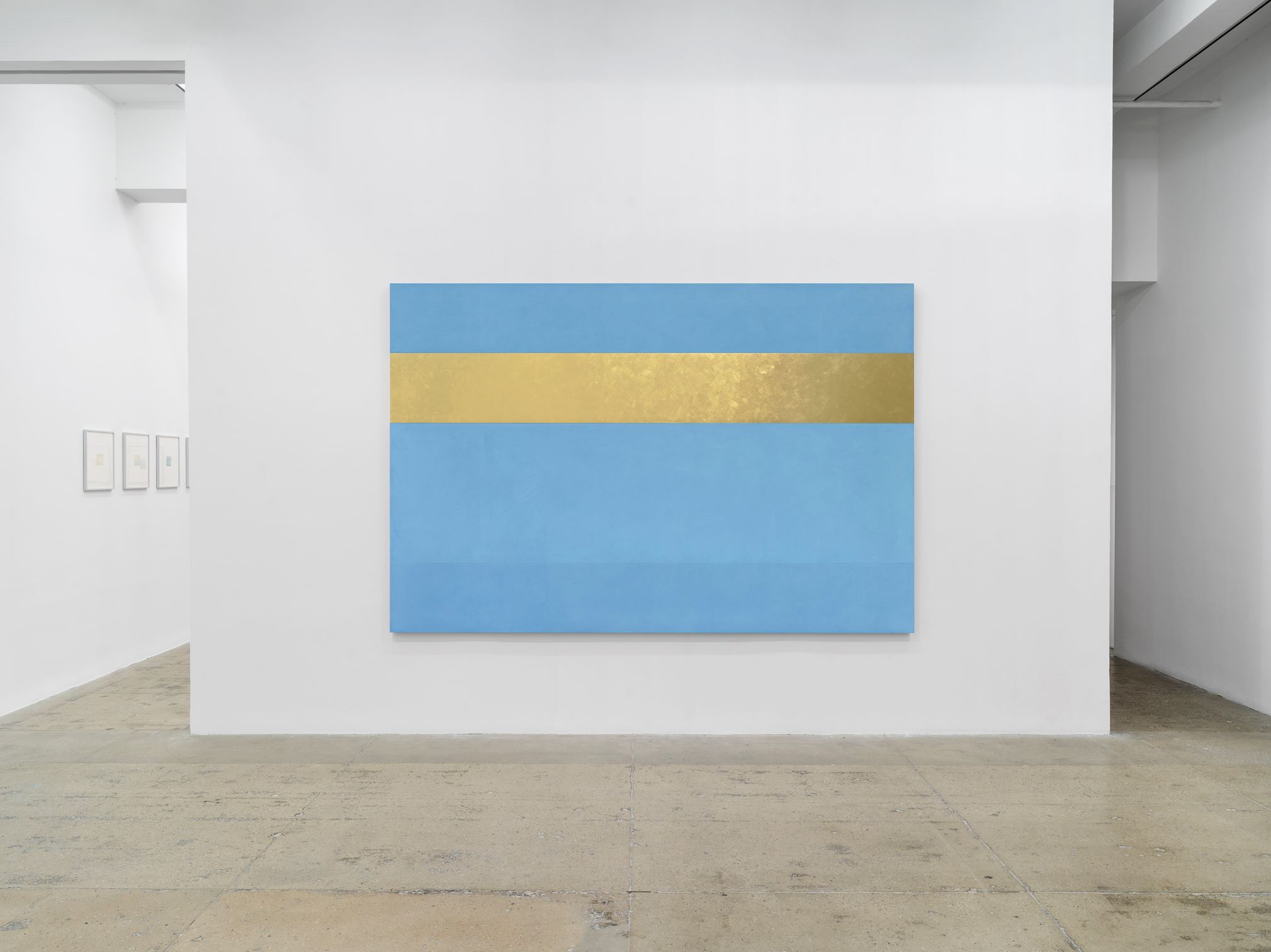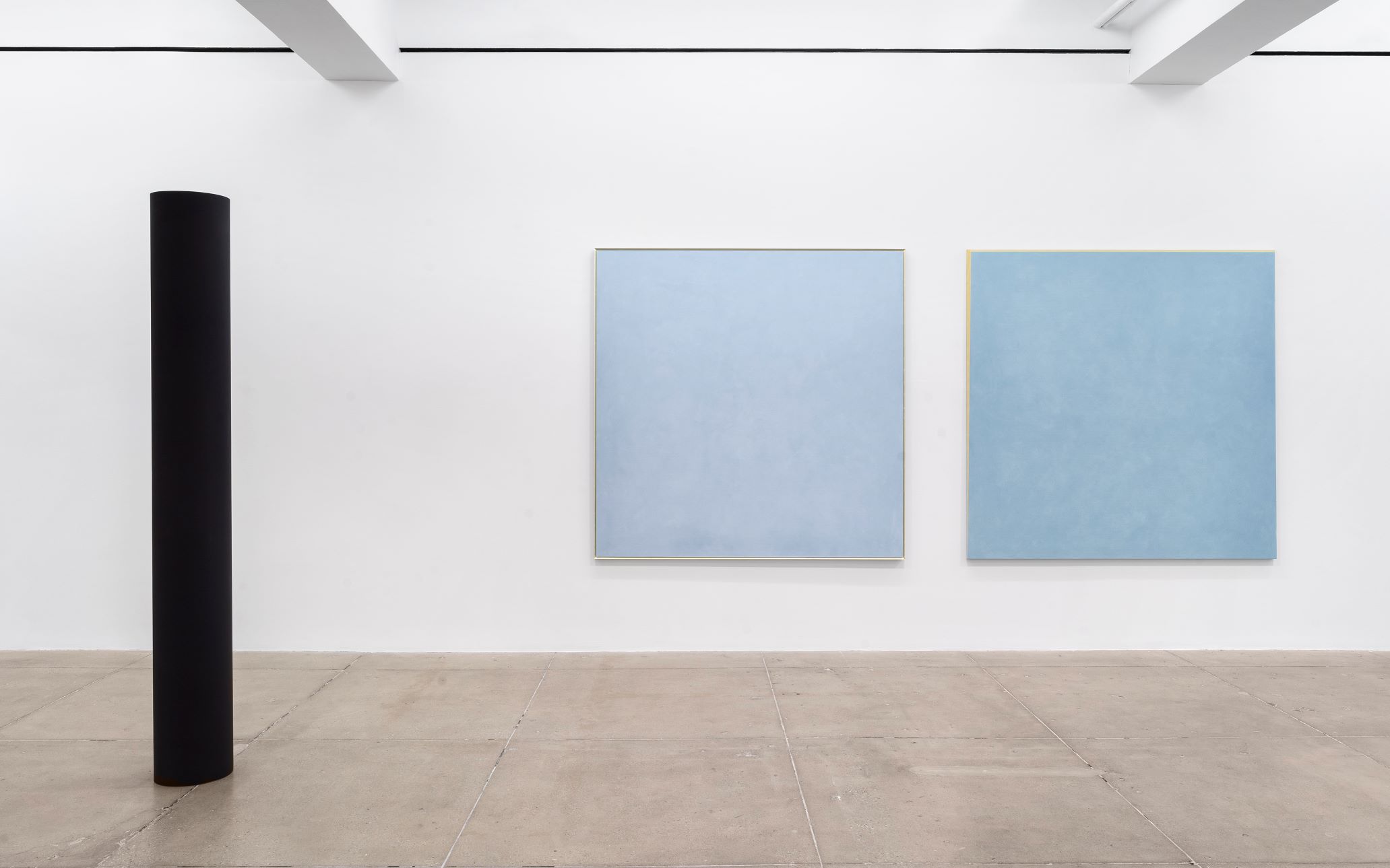On January 26th, 2022, Italian artist Ettore Spalletti (1940-2019) would have turned 82, after spending all his life in or around Cappelle sul Tavo, a small town in the Province of Pescara encapsulated between the Apennines and the Adriatic Sea, in the Abruzzo region of Italy.

Until March 5th, the Marian Goodman Gallery in New York City is honoring Spalletti’s long and illustrious career, by hosting the first solo exhibition of his conceptual sculptures and paintings, spanning from 1978 to 2018.
As a way of celebrating and commemorating Spalletti on his birthday, the internationally renowned Swiss art curator and critic Hans Ulrich Obrist – who has had the chance to meet and discuss extensively with Ettore about his works – held a webinar about the latter’s extraordinary legacy.
In the early stages of his life, Ettore Spalletti would stop on his way to the art school in Pescara and linger on the beach to contemplate in enchantment the view of the Adriatic Sea dissolving into the skyline at dawn.
During his school years, as he started painting, he often felt that the colors were too aggressive and would throw buckets of water over them, thus enhancing their “lightness” and ethereal quality.
The water element would play an essential role throughout Spalletti’s experimentation with colors and techniques, starting with the search for opacity towards the end of the 60s.
In a series of small rectangular paintings, the pink color represents complexion in its everchanging hues, depending on people’s different moods and mental states.
Similarly, the blue color is very hard to find in nature, but we are constantly immersed in it.

Aside from Spalletti’s special connection with the Adriatic Sea, the artist was highly influenced and inspired by the Apennine Mountains, whose highest peak, the Gran Sasso’s silhouette can be seen almost watermarked in some of his works.
Obrist has had the rare chance to witness Spalletti while engaging in his daily routines in his studio. The artist would slowly walk from one work to the next, closing curtains, moving pieces, removing ash from the ashtray.
The artist’s studio is divided in rooms: the red room, the great room, and the white room. Each of them is painted in white and had several paintings hung on the walls. As the light floods the space, it imbues the rooms with different pigments.
A very important aspect of Ettore’s practice was the reading of poetry. He would read poems from Sandro Penna, Giuseppe Ungaretti, and Emily Dickinson, among many others.
Spalletti bridged the distance between those two art forms. He liked the fact that poems are contained in a single page, and he would transcribe some of them behind the canvases.

Throughout his career, Ettore used the display of his works at exhibitions like vehicles of experimentation. That’s, for instance, the case of the 1978 exhibition at Galleria Ferruccio Fata in Bologna, where he placed tilted panels high on the wall, a tryptic on the floor, and paintings painted on both sides tilted against the wall, so that you could get a glimpse of the flip sides.
At openings, Spalletti would spread talcum over the floor, thus creating a thin, barely visible layer and generating a sort of instability and unbalance.
Columns hold a very important place in Spalletti’s sculptural production. Their spiritual symbolism evokes the fourteenth century Benedictine churches in Abruzzo, in which they are always present, sometimes as solitary elements, others as part of a larger architectonic structure.
In the 90’s, Spalletti realized a series of monochromous books, in which, for instance, he wanted to tell the story of red, by employing the tactility of tissue paper. To him, books didn’t have archival quality, but rather represented a different space/dimension.
A different dimension where all of us can be transported into, once we cross the threshold of Marian Goodman Gallery in New York City.










